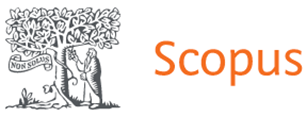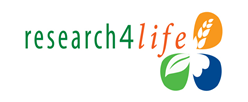Effects of Feeding with Non-Autoclaved and Autoclaved Fructose-Arginine Mixture on Stress Resistance of Drosophila Melanogaster
DOI:
https://doi.org/10.15330/jpnu.9.4.15-24Keywords:
fructose, arginine, advanced glycation end-products, oxidative stress, triacylglycerides, fruit flyAbstract
The diet of modern people includes fast food that leads to the development of obesity and related diseases. One of the reasons for the negative impact of such a diet is advanced glycation end products (AGEs), substances formed as a result of the interaction of amino acids with carbohydrates, especially under the influence of high temperature (the Maillard reaction). Once in the body, these substances lead to oxidative stress and inflammation, which in turn can accelerate aging process. Also, AGEs are involved in the development of metabolic syndrome, diabetes, cardiovascular disease, and cancer. However, mild oxidative stress can activate cellular defense systems and make cells more resistant to a stronger oxidative stress or other types of stress that is called hormesis or cross-tolerance. Our study shows an effect of non-autoclaved (FAMn) and autoclaved (FAMa) fructose-arginine mixtures on the body of fruit flies. In our study, we used the Drosophila melanogaster line w1118. Flies were grown on nutrient medium with the addition of different amounts of FAMn or FAMa to the final concentrations of reagents in a mixture of 10, 20 and 100 mM and maintained on the respective media until the second day of age. The flies were then used to determine physiological and biochemical parameters. The increase in absorbance at 294 nm and 420 nm and a decrease in fructose concentration in FAMa indicated that autoclaving of the fructose-arginine mixture led to caramelization of fructose and formation of Maillard products. The study showed that FAM in both forms did not affect lipid peroxide level, a marker of oxidative stress. Also, FAM in both forms did not affect the resistance of flies to hydrogen peroxide. However, FAMn, but not FAMa, increased the resistance of flies to sodium nitroprusside (SNP). This effect is likely caused by the presence of arginine, a substrate for NO-synthase, which may pre-adapt flies to •NO released from SNP. FAMn and FAMa at the concentration of 100 mM increased content of storage lipids, but decreased resistance of flies to starvation.











